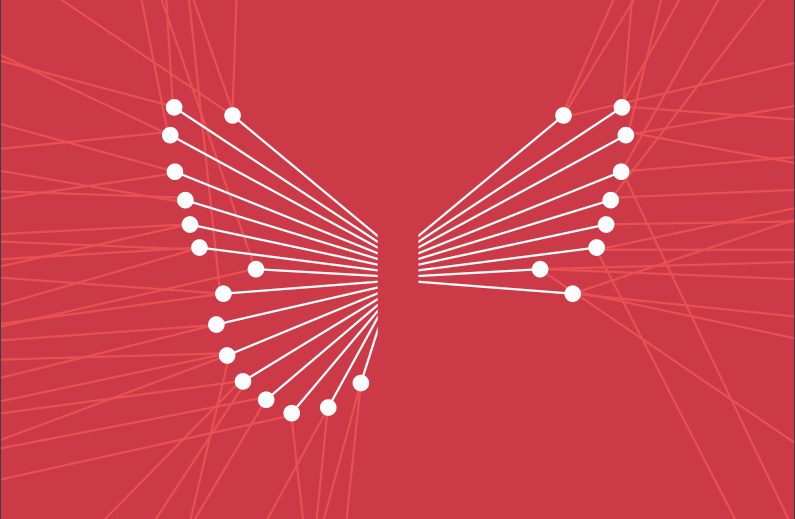
Invisible Victims: The nexus between disabilities and trafficking in human beings
The crime of trafficking in human beings is a serious global human rights violation and security threat. Yet it continues to thrive in our modern world.
Numerous organizations and individuals are dedicated to combating trafficking in human beings and protecting victims, including UN organizations, international non-governmental organizations, national law enforcement agencies, victim protection services, experts with lived experience, and civil society organizations. Through the collective work of all these actors, a wealth of knowledge and expertise has emerged to inform efforts to combat human trafficking.
However, amid this commendable progress, a notable gap persists in our understanding of the intersection between human trafficking and individuals with physical, sensory, intellectual, and/or mental disabilities. This is the case despite widespread evidence indicating the potential significance of this nexus, with far-reaching policy implications for prevention, prosecution of traffickers, and victim protection. The OSCE 2021 Survey Report, for example, identified traffickers’ specifically targeting people with developmental/physical disabilities as an emerging trend; the Global Report on Trafficking in Persons 2020, published by the United Nations Office on Drugs and Crime (UNODC), found that in 10 per cent of the cases analysed in the report, mental, behavioural, or neurological disorders were among the vulnerabilities exploited by traffickers. This highlights the urgent need for developing robust and concrete measures that address the unique challenges faced by persons with disabilities in the context of human trafficking.
This short paper provides an overview of the existing links between disability and trafficking in human beings, how persons living with disability are affected by trafficking, and to what extent legal standards, policy frameworks, and anti-trafficking measures integrate concerns associated with disabilities. This analysis is approached from four distinct perspectives: disability as an enhanced vulnerability factor that traffickers target; disability as a feature of exploitation (e.g., forced begging, withholding or theft of social security benefits); disability as a result of trafficking and exploitation (e.g., physical injury, PTSD, dissociative disorders); and disability of trafficking survivors as a factor in accessing justice, protection, employment, health and rehabilitation services. Finally, the paper presents a series of recommendations and potential strategies aimed at elevating awareness and prioritizing the disability dimension within efforts to combat human trafficking.
I hope this report will serve as a useful resource to foster much-needed dialogue regarding the nexus between disabilities and trafficking in human beings, and that it will assist policymakers, civil society, and the wider anti-trafficking community in developing targeted responses that address the unique needs and challenges faced by persons with disabilities who have been trafficked, and to assist their recovery with dignity.
